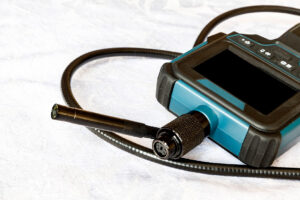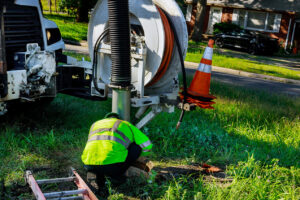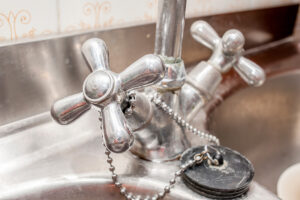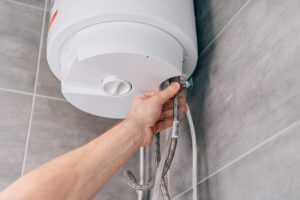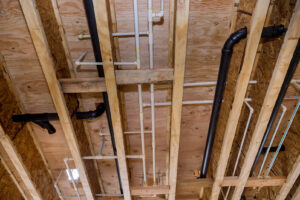
Whole House Repiping: How to Recognize Signs It’s Time to Replace Your Plumbing
Table of Contents Whole house repiping becomes essential when aging or damaged pipes compromise water quality, pressure, safety, and efficiency across an entire property. Homeowners and businesses often overlook subtle indicators—persistent low flow, rust-tinted water, recurrent leaks, pipe noise, obsolete materials, and unexplained bill increases—until a full replacement is the only reliable remedy. In this guide, you will learn how to spot these warning signs, understand the step-by-step repiping process, evaluate material options, weigh long-term benefits and costs, select the ideal piping for residential or commercial settings, and prepare for an upgrade that ensures peak performance and property value. What Are the Common Signs You Need Whole House Repiping? Whole house repiping becomes necessary when multiple failure indicators appear simultaneously, signaling that localized repairs will no longer suffice to restore safe, consistent water delivery. Before diving into individual symptoms, consider this overview of critical warning signs that reflect systemic pipe

